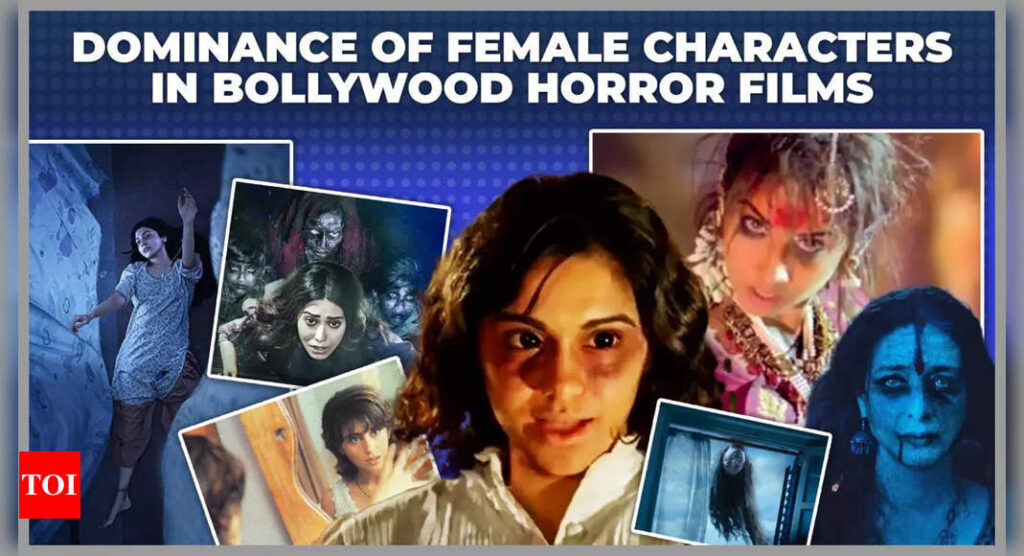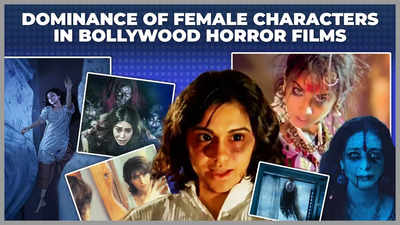Bollywood’s horror genre has long been characterized by its female-centric narratives, with actresses frequently occupying pivotal roles as protagonists, victims, or embodiments of supernatural forces. This trend highlights the industry’s engagement with themes of femininity, societal norms, and cultural beliefs.
The Fear Factor Revolves Around Women
A significant number of Bollywood horror films position women at the heart of their narratives, often portraying them as possessed individuals, vengeful spirits, or vulnerable victims. These roles underscore the emotional and dramatic core of such stories. For instance, Raaz (2002) features Bipasha Basu as a woman haunted by a malevolent spirit, while 1920, starring Adah Sharma, depicts a woman who becomes possessed after her husband moves her into a mansion. Similarly, Bhoot (2003) showcases Urmila Matondkar as a character grappling with possession. Pari (2018) presents Anushka Sharma in a role that blends innocence with otherworldly terror, and Chhorii (2021) stars Nushrratt Bharuccha as a pregnant woman confronting sinister forces.
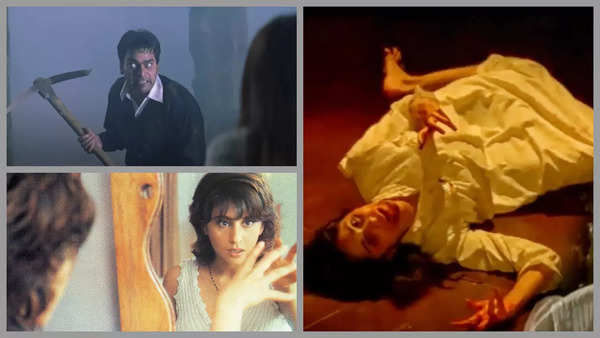
Citing her opinion on the same, Adah Sharma told ETimes, “Acchi baat hai! I love that women can be frontrunners somewhere, even if it is from beyond the grave. I hope this stereotype continues and that women worldwide get strong roles to play—whether as spirits tormenting or getting tormented! Getting tormented also offers huge scope for performance, so it is just as much of a joy to play a tormented soul as it is to play the savior. I have been lucky to play both.”
Strong Female Protagonists
Beyond their portrayals as victims or spirits, many Bollywood horror films highlight women as resilient protagonists who drive the narrative forward. These characters often embody strength, resilience, and agency, challenging traditional gender roles.
Here are some notable female characters from Bollywood’s horror genre who have left a lasting impact:
Urmila Matondkar as Swati in Bhoot (2003)
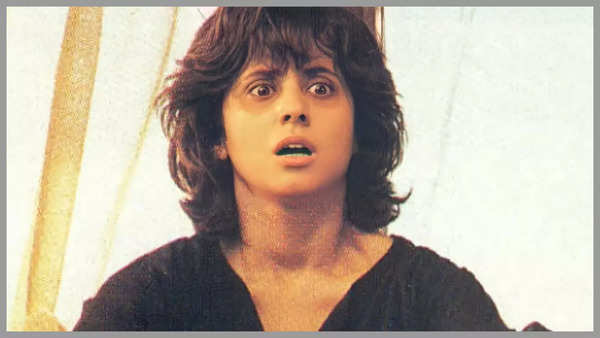
Swati is a woman haunted by a malevolent spirit after moving into an eerie apartment. Her portrayal of fear and vulnerability, as well as her eventual courage, made her character a memorable figure in Bollywood horror.
Bipasha Basu as Sanjana in Raaz (2002)
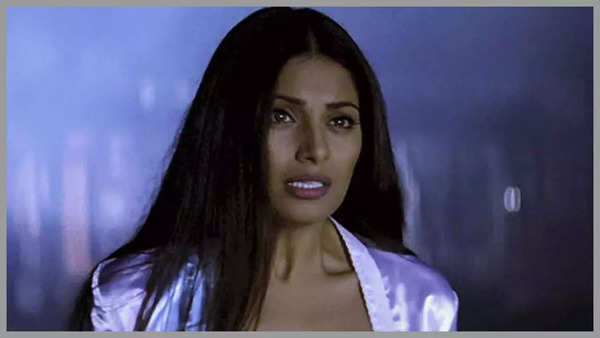
Sanjana is a woman struggling with supernatural occurrences after moving into a house with her husband. Her role as a wife caught between love and terror made her one of Bollywood’s iconic horror heroines.
Anushka Sharma as Rukhsana in Pari (2018)
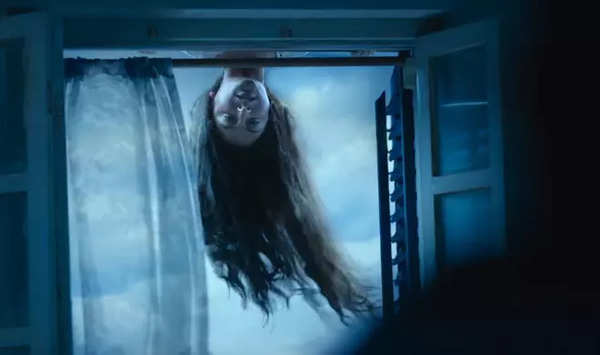
A complex role, Rukhsana is a woman trapped in an abusive relationship while also being entangled with dark supernatural forces. Anushka’s portrayal brought depth to the character, blending innocence with horror.
Nushrratt Bharuccha as Sakshi in Chhorii (2021)
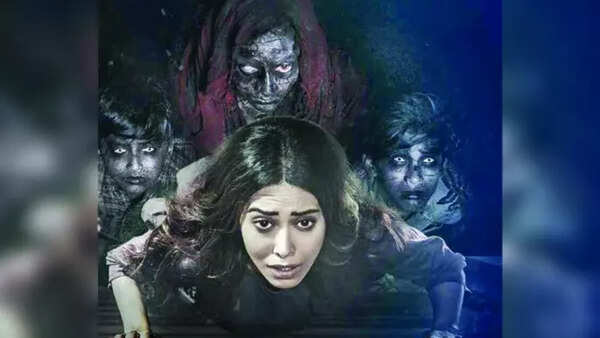
A pregnant woman who moves to a remote village and encounters terrifying supernatural events. Sakshi’s role focuses on maternal love and survival in the face of unrelenting fear.
Taapsee Pannu as Naina in Dobaaraa (2022)
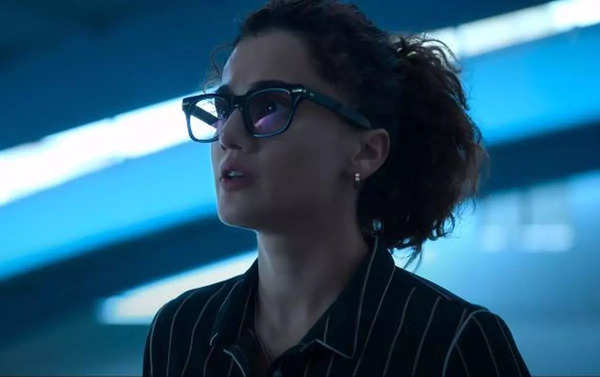
Naina, a woman caught in a time-traveling horror scenario, faces supernatural occurrences linked to her twin brother. Taapsee’s character is complex, combining horror with an emotional journey.
Vidya Balan as Avni Chaturvedi in Bhool Bhulaiyaa (2007)

Avni is a woman whose repressed memories resurface after returning to her ancestral home, leading to a complex psychological horror. Vidya’s portrayal balanced terror with psychological depth, making the film memorable.
Adah Sharma as Lisa in 1920 (2008)

In 1920, Adah Sharma portrays Lisa, a woman who becomes possessed by a malevolent spirit after her husband moves her into a mansion. The film centers around Lisa’s struggle to maintain her sanity and survive the supernatural forces at play. Adah Sharma’s performance, marked by her emotional range and ability to portray vulnerability and terror, made Lisa one of the most memorable female characters in Bollywood horror.
Adah Sharma’s portrayal helped establish her as a leading actress in the horror genre. 1920 was well-received for its spine-chilling atmosphere and suspense, with Lisa’s role at the core of the film’s tension. The film also marked a significant milestone in Bollywood horror films by giving the female lead a central, dramatic role in both the supernatural and emotional narrative.
Talking about the most challenging scenes for her to shoot, Adah shared, “I had a few fun scenes. The toughest and most intense and also most fulfilling was when I had to stab myself with a knife and say ‘Come save her’ in one voice and immediately after scream in pain at being stabbed, then again go crazy and violently slash my wrists and then beg to be saved. It was very violent, and there was a lot of blood.”
Tabu as Manjulika in Bhool Bhulaiyaa 2 (2022)
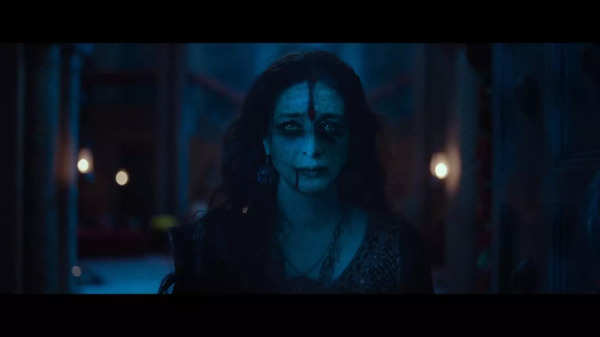
In Bhool Bhulaiyaa 2, Tabu plays the character of Manjulika, a ghostly entity trapped in a haunted mansion. Her portrayal of the vengeful spirit adds layers to the character, as she navigates between being a malevolent presence and a tragic figure. While the film is more of a horror-comedy, Tabu’s intense performance adds depth to the supernatural element, making her character both frightening and sympathetic.
Superstition and Gender Roles
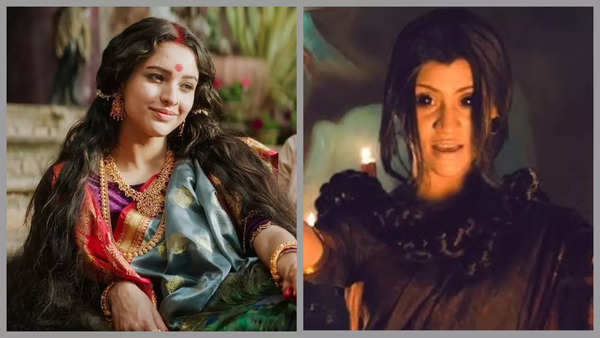
Bollywood horror frequently delves into themes rooted in superstition, folklore, and gendered cultural narratives. Films like Ek Thi Daayan (2013) and Bulbbul (2020) intertwine horror elements with societal perceptions of women. Ek Thi Daayan explores the tale of a female magician entangled with dark forces, while Bulbbul portrays a woman confronting supernatural occurrences linked to patriarchal oppression. These narratives reflect and challenge societal norms, shedding light on the intersection of gender and the supernatural.
The Rise of Female-Led Horror Films
In recent years, there has been a notable shift towards female-led horror narratives that transcend traditional victim roles. These films signify a broader trend towards empowering female characters within the horror genre, offering audiences complex and multifaceted portrayals.
When asked if horror heroines get boxed into a niche, making it harder to transition into other genres, Adah shared, “I think that with any genre you pick for your first film, if you are a new face and people haven’t seen you before, it will be very difficult for them to imagine you in any other way. Also, people boxing you in is their short-sightedness and has nothing to do with an actor.”
Why It’s Not Fully Female-Dominated
While women have been central to many horror narratives, the genre has not been exclusively female-dominated. Male actors have also played significant roles in horror films, contributing to a more balanced representation.
Hollywood vs. Bollywood Horror
Hollywood has long featured strong female leads in horror, with films like Psycho (1960), The Exorcist (1973), and Halloween (1978) shaping the genre. More recent films, such as Hereditary (2018) and A Quiet Place (2018), continue this trend. Bollywood, while slower in establishing strong female-led horror films, has seen progress with movies like Pari, Chhorii, and Bulbbul.
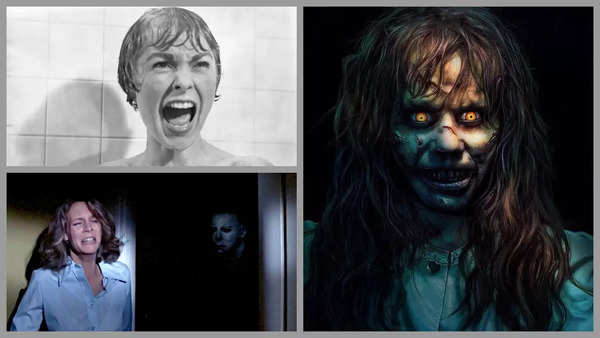
Adah further told ETimes that horror movies she thought were groundbreaking for women in the genre included The Silence of the Lambs and A Girl Walks Home Alone at Night. She added, “There is also a Nicole Kidman movie called The Others. It’s not gore horror, but it’s so spooky you think about it for weeks after watching it.”
Final Take
Bollywood’s horror genre has indeed been characterized by female-driven narratives, reflecting the industry’s engagement with cultural beliefs, gender roles, and evolving storytelling practices. However, with the inclusion of male actors and a shift towards more diverse narratives, the genre continues to evolve dynamically.

